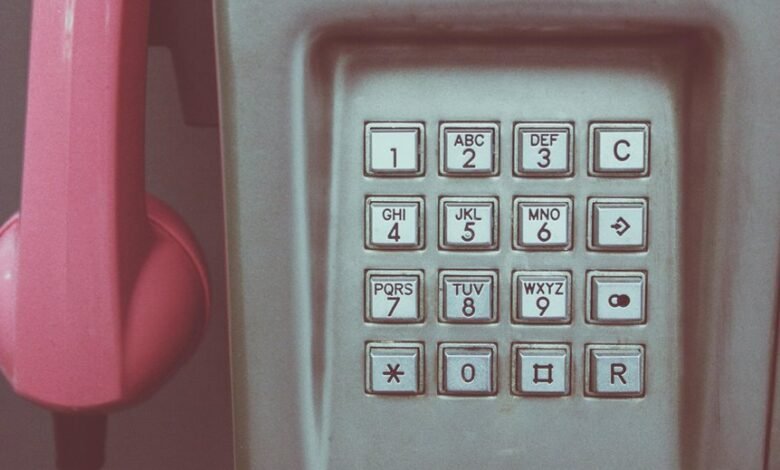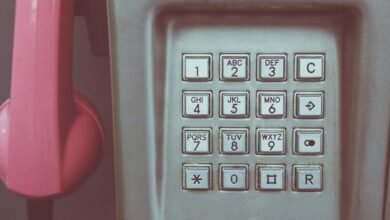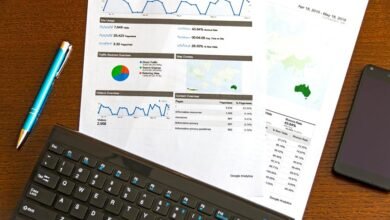Who Called Me? 3510452352 3497923858 3761939232 3792027338 3511516479 3409812268

The emergence of unknown calls from numbers such as 3510452352, 3497923858, and others raises concerns about their origin and intent. Many individuals find themselves questioning the legitimacy of these calls. Understanding the mechanics of caller ID and the potential risks involved is crucial. As the landscape of telecommunication evolves, so do the tactics employed by scammers. What measures can be taken to identify and protect against these unclear communications?
Understanding the Caller ID and Number Format
How does the format of a caller ID influence the way individuals perceive incoming calls?
Caller ID formats significantly impact number identification, shaping expectations and emotional responses. Familiar or localized formats foster trust, while unfamiliar sequences may evoke suspicion or reluctance.
This perception affects decisions to answer calls, emphasizing the importance of clear and recognizable caller ID formats in enhancing communication and personal freedom.
Identifying the Source of Unknown Calls
When faced with an unknown call, individuals often grapple with the challenge of identifying the source, which can lead to a range of reactions from curiosity to apprehension.
Call tracing technologies and number validation services provide essential tools for discerning unknown numbers.
Tips to Protect Yourself From Scams
Navigating the landscape of phone scams requires vigilance and informed strategies.
Effective scam prevention hinges on implementing robust phone security measures, such as utilizing call-blocking apps and registering with the National Do Not Call Registry.
Additionally, verifying unknown numbers before engaging can significantly reduce vulnerability.
Staying educated about common tactics employed by scammers empowers individuals to maintain autonomy and safeguard their personal information.
What to Do If You Receive a Suspicious Call
Receiving a suspicious call can provoke immediate concern and uncertainty, especially after understanding the risks associated with phone scams.
Individuals should remain calm, avoid sharing personal information, and verify the caller’s identity. Reporting calls to relevant authorities is crucial for community awareness, while blocking numbers can prevent future disturbances.
Taking these actions empowers individuals, enhancing their ability to maintain control over their communications.
Conclusion
In conclusion, receiving calls from unfamiliar numbers such as 3510452352 and 3497923858 can be concerning. Notably, according to the Federal Trade Commission, approximately 30% of all phone calls in the U.S. are scam attempts, highlighting the prevalence of such incidents. This statistic underscores the importance of vigilance and proactive measures in identifying and handling suspicious calls. By staying informed and employing appropriate verification techniques, individuals can better protect their personal information from potential threats.




